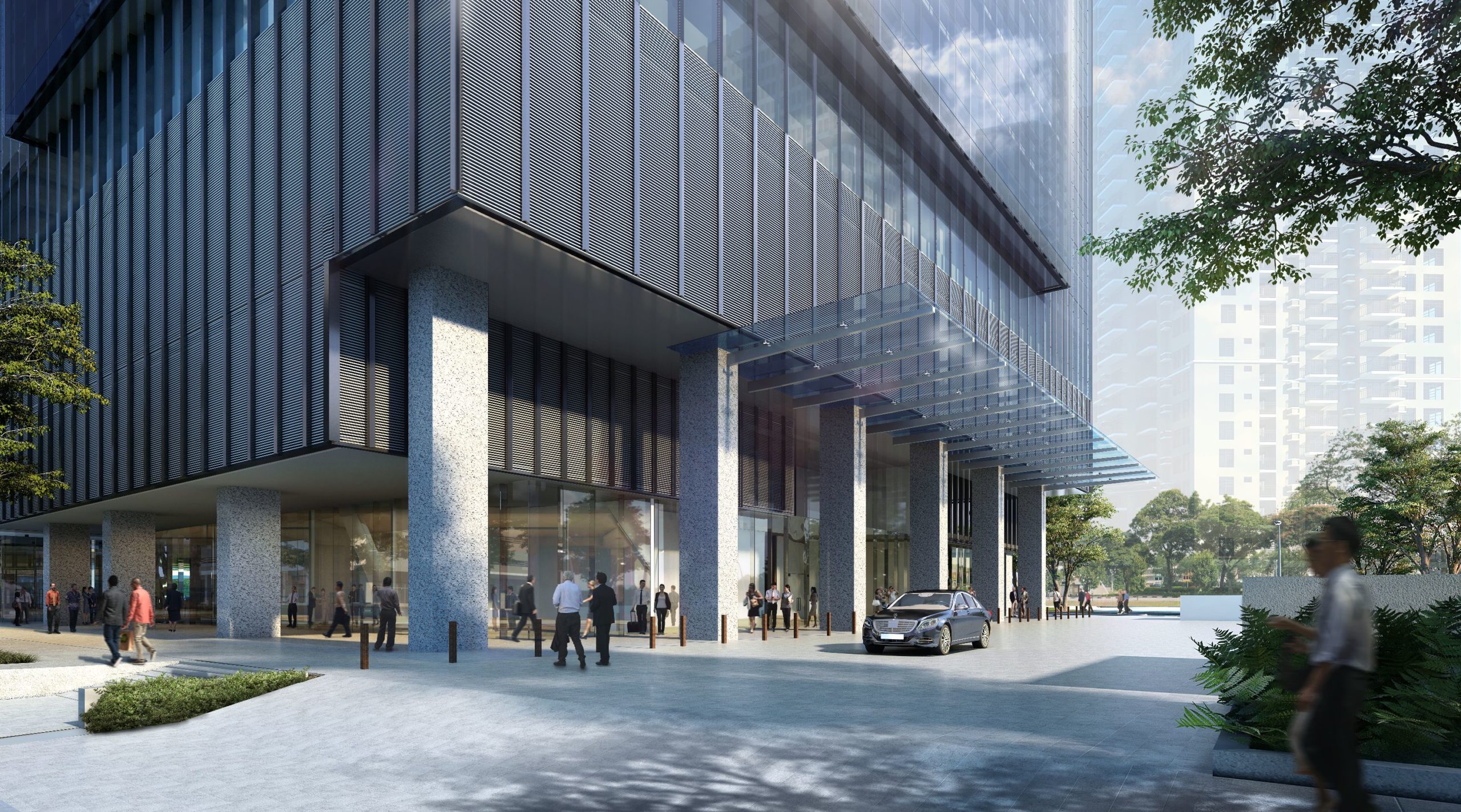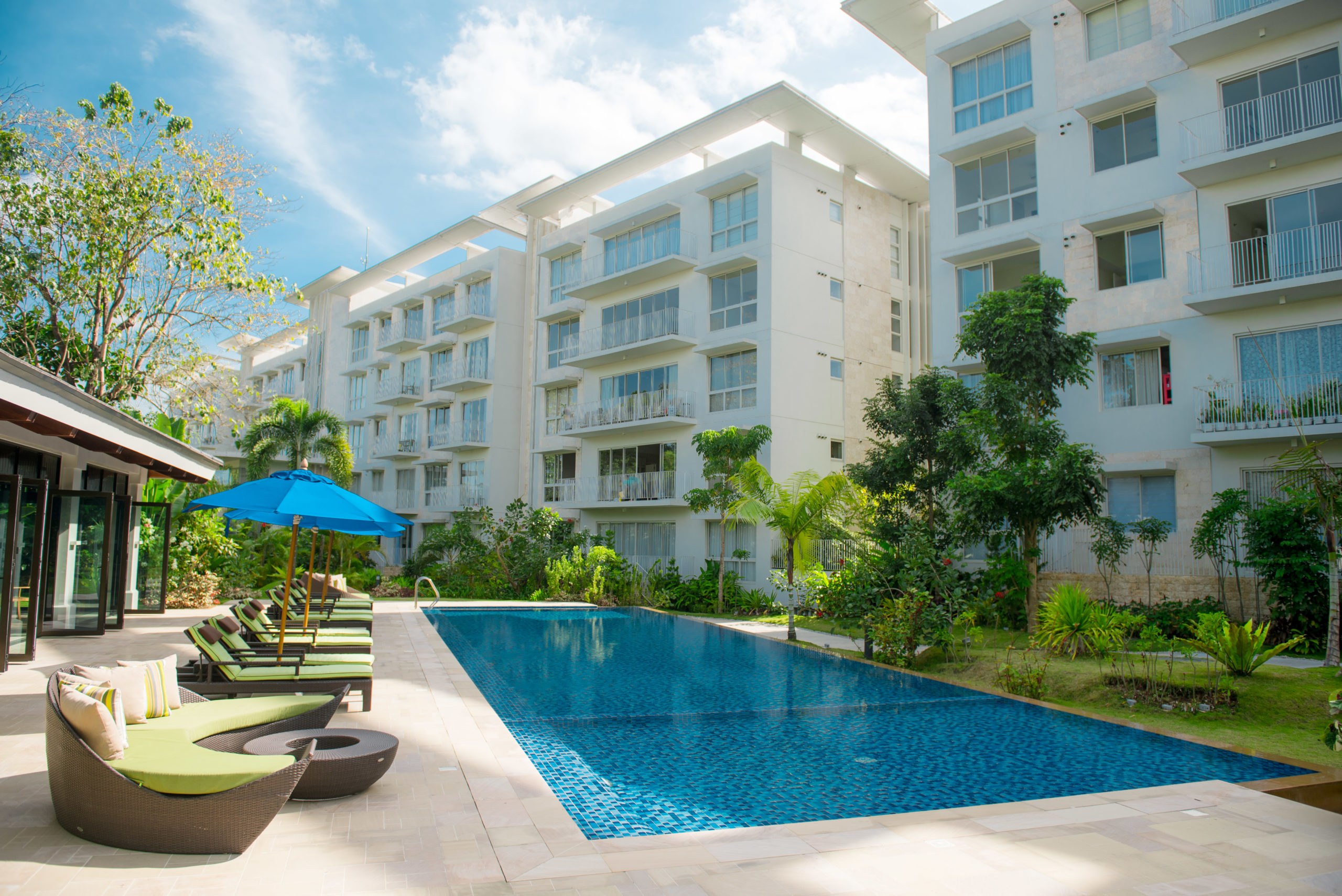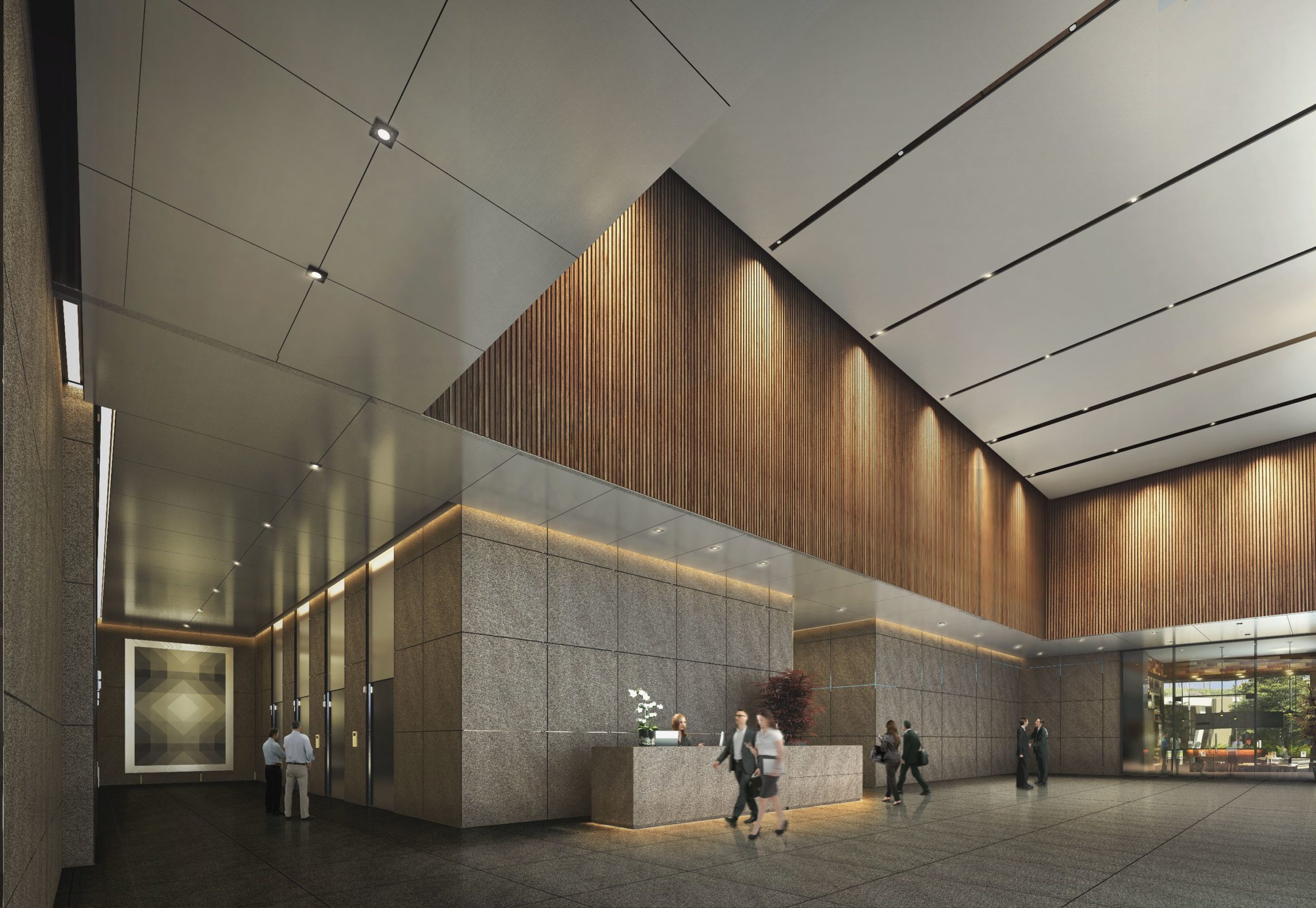
The Philippine real estate industry is poised for a soft recovery this year, buoyed primarily by the continued expansion of the industrial and logistics sectors.
Amid the COVID-19 pandemic last year, these two sectors were found to be the most stable asset classes given the increased e-commerce penetration and demand for warehouses, distribution centers and cold storage facilities—a development that will likely be repeated this year, property consultancy firm Santos Knight Frank said in a press briefing Wednesday.

‘Renewed opportunities’
Santos Knight Frank explained that last year, many consumers were forced to adapt to e-commerce platforms for their household necessities such as food, groceries and essential supplies during the lockdown period. This has not only accelerated the adoption of e-commerce across multiple product lines but also ensured the long-lasting impact on consumer behavior, with important implications on the growth of the industrial and logistics.
These developments were similarly noted in the latest latest report by property consultancy firm Cushman & Wakefield, which pointed out that the “renewed opportunities brought about by the pandemic in the areas of e-commerce, food and groceries, and other essentials are seen to maintain bright prospects in the industrial segment.”
“The COVID-19 crisis presents positive development to the country’s industrial segment…(which) establishes resiliency with the upsurge in demand from e-commerce and essential industries. Other than manufacturing and export-oriented companies, industries that are seen to boost future demand for industrial properties include e-commerce, food and beverages, pharmaceuticals, and other household essentials,” Cushman & Wakefield said.

Growth segments
Other segments, such as office and residential, are also expected to contribute to the Philippine real estate industry’s recovery starting this year, supported by trends that could provide that much needed boost. These segments, however, are expected to grow at a slower pace and are not likely to go back to their pre-pandemic performance this year.
“In 2021, macrotrends such as the boom of e-commerce, flexible office setups and continued decentralization outside Metro Manila are likely to continue and contribute to the property market’s recovery. In addition, the demographics of the Philippines remain key in driving the real estate market’s long-term performance. The country’s growing population will drive consumption, online retail, and the industrial and logistics sector, while its young pool of talent will help retain the Philippines’ place in the global BPO industry as outsourcing increases overall,” said Rick Santos, chairman and CEO of Santos Knight Frank.
According to Santos Knight Frank, the outlook for the office market this year is generally better than 2020, although it is unlikely to see an immediate return to the pre-pandemic level. While COVID-19 forced occupiers to adopt remote work setups and increased Metro Manila’s vacancy to 9.8 percent in 2020, the office sector may see a gradual return of tenants to the physical workplace this year.
Morgan McGilvray, Santos Knight Frank senior director for occupier services, said he expected to see a vacancy rate of about 13 to 15 percent by yearend, which could partly be attributed to the completion of new office buildings. Approximately 1.2 million sqm of new office spaces are anticipated to be added in Metro Manila in 2021.
He, however, noted that while the current 10 percent vacancy is the highest rate seen since the global financial crisis, it was still relatively healthy compared to other markets that have seen vacancy rates of 30 to 50 percent.



Pent-up demand
In a separate report, Cushman & Wakefield noted that the renewals and lease extensions as well as the pent-up demand from IT-business process management (IT-BPM) companies are expected to help revitalize the office sector over the short to medium term. These developments may also help offset the vacancies attributable to the flight of Philippine offshore gaming operator (Pogo) companies last year.
In terms of the residential segment, Cushman & Wakefield meanwhile expects supply and demand to shift from the traditional business districts to adjacent urban areas as a result of blended work set-up and increasing preference towards lesser dense environment.
“Meanwhile, the residential market is expected to display a slow but steady rebound overall. With the sector leaning in favor of buyers, Santos Knight Frank anticipates more opportunities for residential buyers with better deals in terms of price and payment terms. For instance, developers have extended flexible payment schemes to drive demand and, in terms of financing, more competitive interest rates from the banks will also be key in encouraging homebuying,” Santos Knight Frank added.
#realestateblogph | #realestateblogphpropertynews | #REBPH | #realestate | #propertyrecovery | #SantosKnightFrank | #CushmanWakefield
Article and Photo originally posted by Inquirer last January 30, 2021 3:00am and written by Amy R. Remo.








More Stories
Lamudi’s Property Fair Opens in Metro Manila May 3, Heads to Cebu in August
PHL to attract int’l real estate investors, occupiers — Cushman & Wakefield
Expansions, upgrades fuel Manila office market